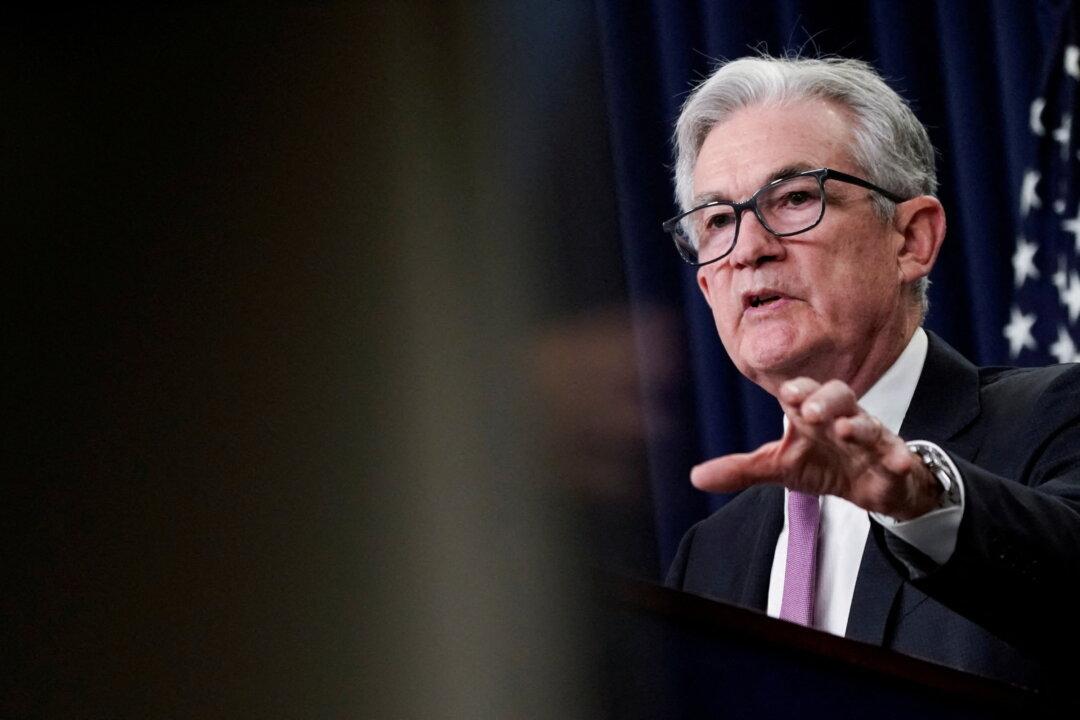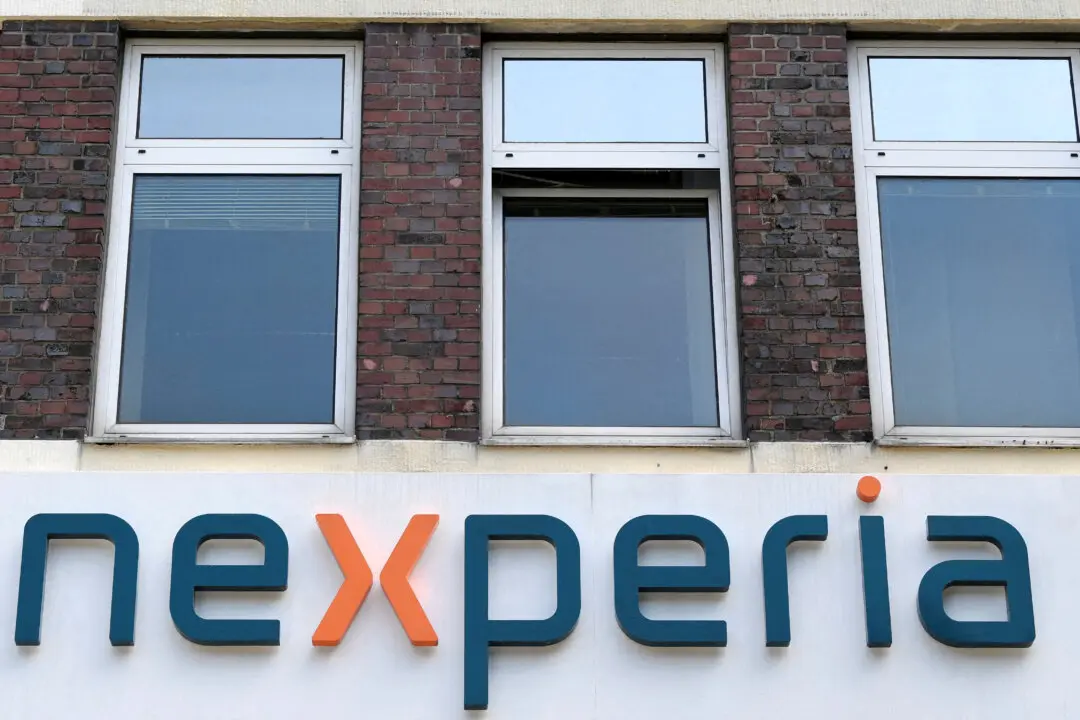Federal Reserve Chair Jerome Powell sent a stark message to markets following the decision to hike rates by another 75 basis points, with the central bank chief telling reporters that there’s no “painless” way to bring down inflation and warning there could be more than just a “relatively modest” rise in unemployment as the Fed tightens aggressively to dent demand.
Powell made the remarks in a press conference on Sept. 21, which came after a decision by the Federal Open Market Committee (FOMC) to deliver another jumbo rate hike, bringing the benchmark lending rate to a range between 3.00–3.25 percent.





